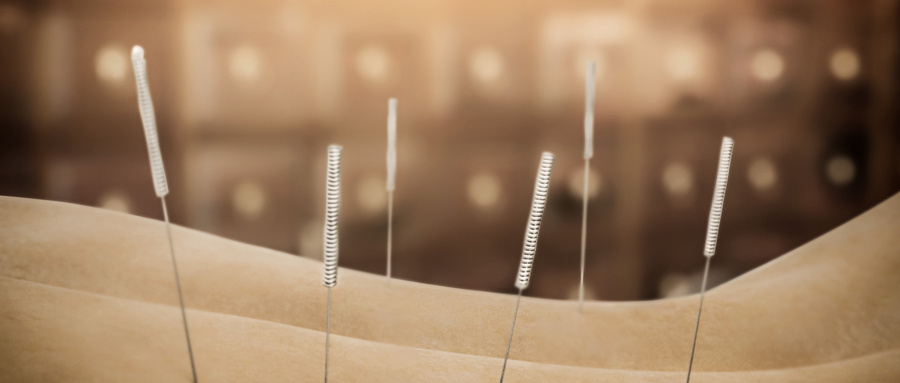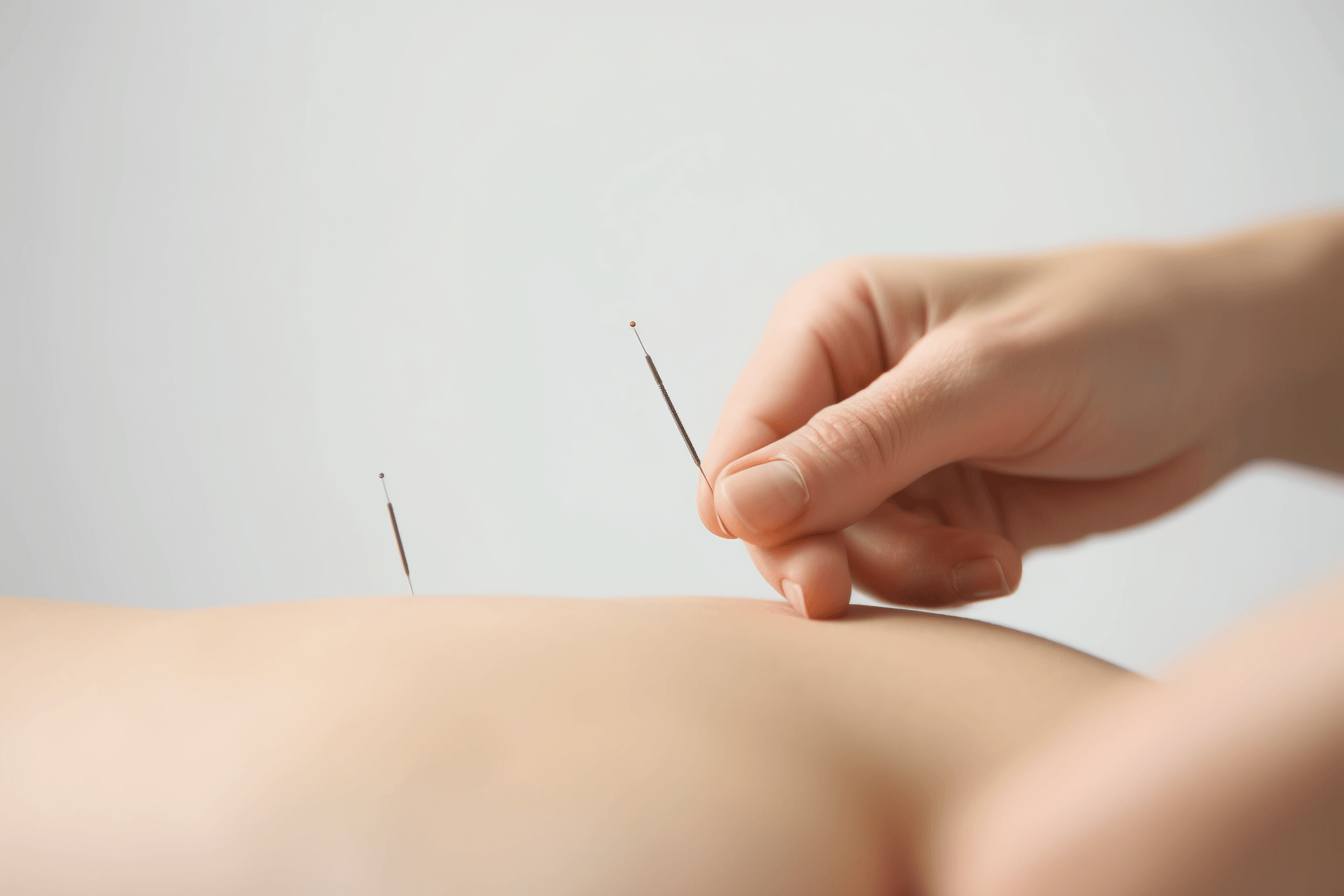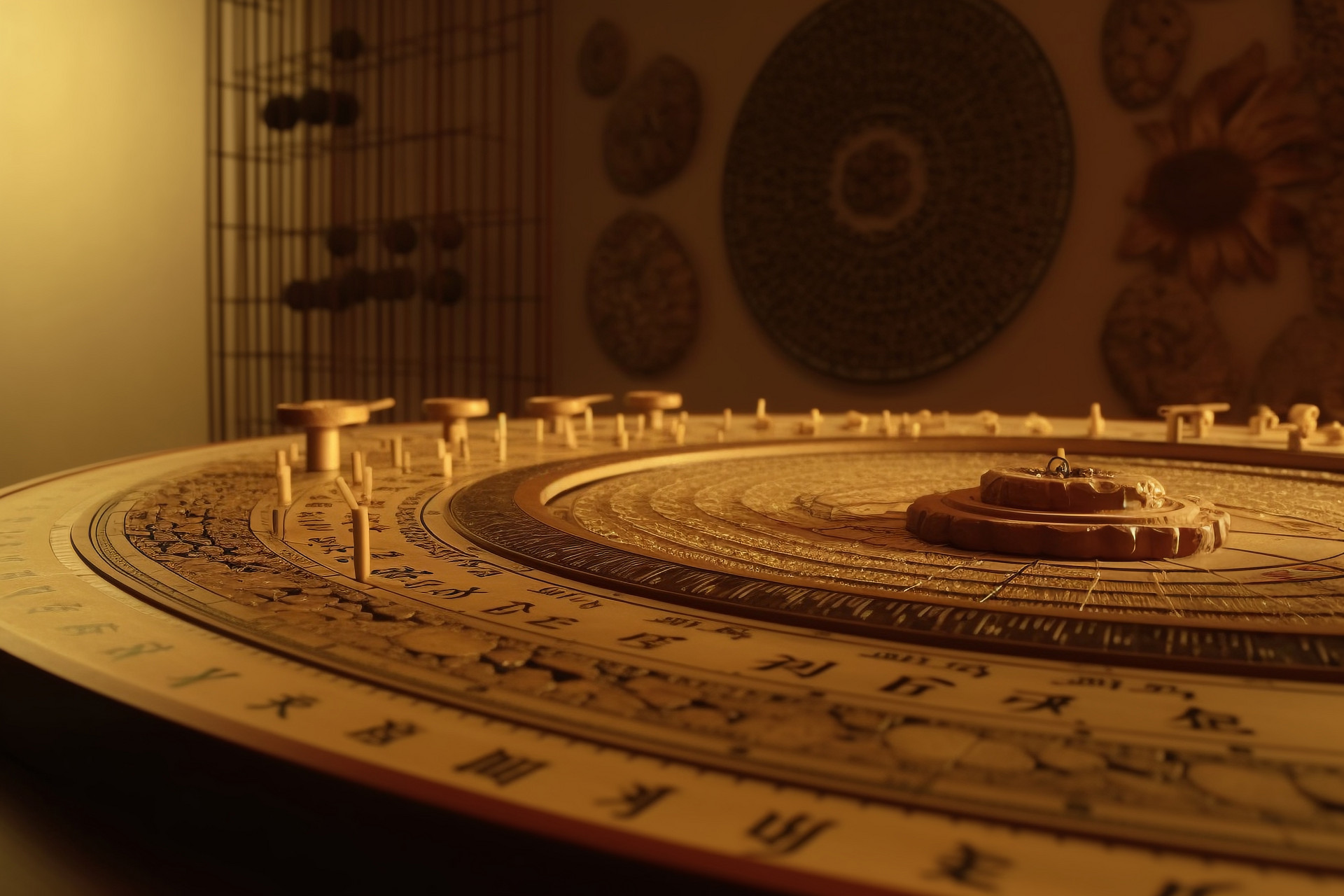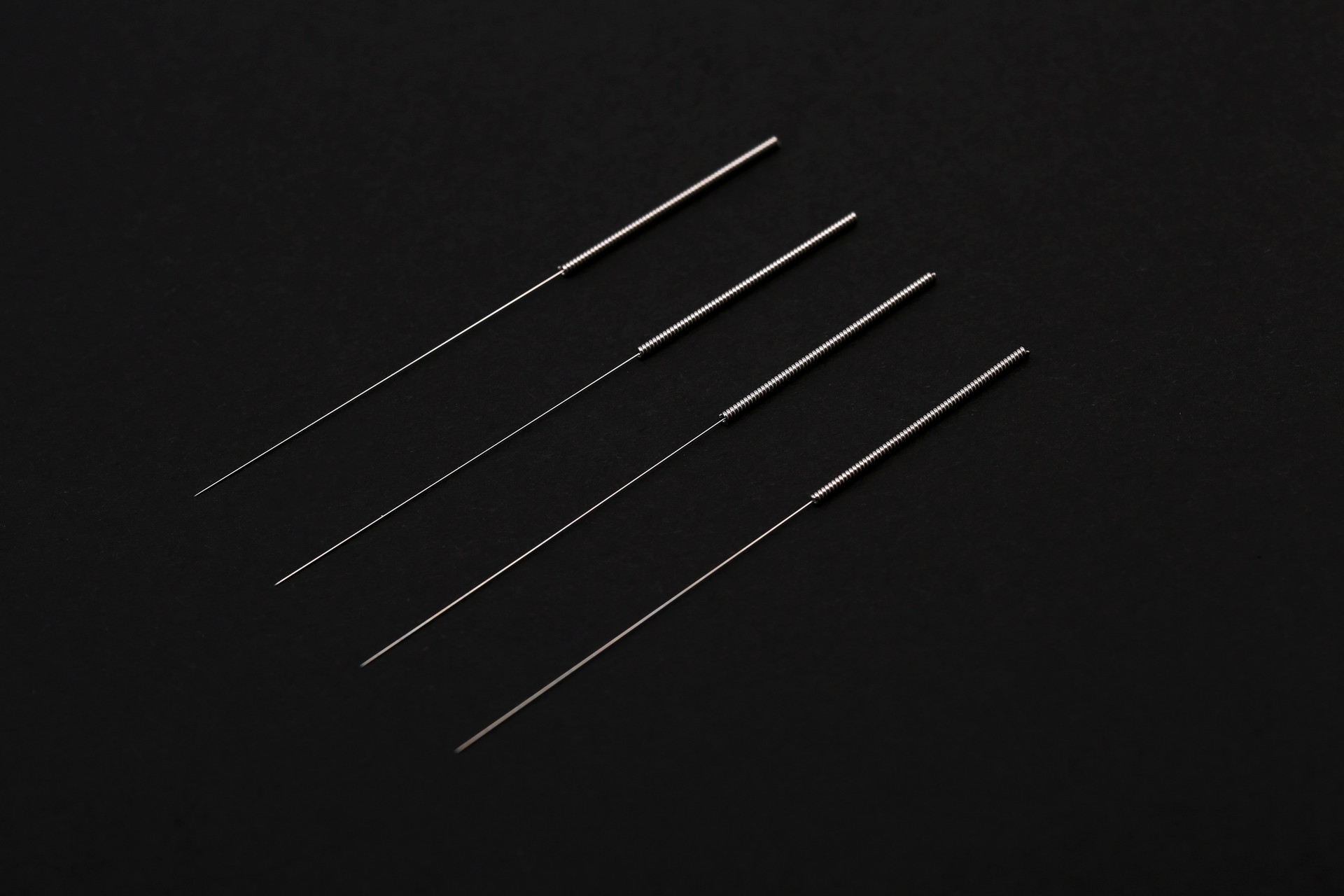Chen Quanxin, male, born in 1933, is a professor, chief physician, renowned traditional Chinese medicine practitioner in Guangdong Province, and one of the national experts in the academic experience inheritance of traditional Chinese medicine appointed by the State Administration of Traditional Chinese Medicine. He has rich and unique experience in acupuncture treatment of stroke, insomnia, facial paralysis, and health preservation. He is also the third-generation inheritor of the "Lingnan Chen's Acupuncture Method," a provincial-level intangible cultural heritage project in Guangdong Province.
The principle of acupuncture tonification and elimination can be traced back to the book "Ling Shu: Nine Needles and Twelve Origins," which states, "When using needles, supplement if deficient, drain if full, twist if stagnant, and disperse if pathogenic influences are excessive." The "Su Wen: Channels and Collaterals" further explains, "Drain if excessive, supplement if deficient." These are the basic principles of acupuncture tonification and elimination. The purpose of tonification is to strengthen the body's vital energy (qi) in cases of deficiency, while elimination is used to disperse pathogenic influences in cases of excess. Mastering the techniques of acupuncture tonification and elimination is crucial for achieving effective results.
The classics of traditional Chinese medicine, such as "Huang Di Nei Jing," "Nan Jing," and "Yi Xue Ru Men," have proposed various tonification and elimination techniques. The six basic techniques of tonification and elimination are slow insertion, rapid withdrawal, twisting, lifting and thrusting, opening and closing, and respiration. These techniques can be used individually or in combination. Yang Jizhou, in his annotations to the "Su Wen: Lih He Zhen Xie Lun" in the book "Zhen Jiu Da Cheng," combined the techniques of respiration, twisting, and opening and closing, and summarized them as compound techniques such as "Shao Shan Huo" and "Tou Tian Liang."
Acupuncture tonification and elimination need to be inherited and innovated in a reasonable manner. According to Chen Quanxin, traditional therapies are accumulated experiences. Ancient medical practitioners have accumulated rich clinical experience for us. However, due to historical limitations and different inheritance methods at that time, the techniques of acupuncture tonification and elimination were also mixed and varied. The techniques that have been passed down from ancient times to the present include twisting, lifting and thrusting, slow insertion, rapid withdrawal, and compound techniques such as "Shao Shan Huo," "Tou Tian Liang," "Cang Gui Tan Xue," "Qing Long Bai Wei," and "Bai Hu Yao Tou." Chen Quanxin believes that there are many complicated and difficult-to-master tonification and elimination techniques, lacking specific operating standards. This often leads to a situation where the techniques can only be understood tacitly but not transmitted verbally. Some techniques may even have no practical clinical value, such as respiration tonification and elimination (inserting the needle during exhalation is considered tonification, and inserting the needle during inhalation is considered elimination) and opening and closing tonification and elimination (applying pressure on the needle hole when withdrawing the needle to tonify the "qi" inside, and applying pressure on the acupoint beside the needle hole when withdrawing the needle to eliminate the "pathogenic qi"). There is also the technique of "warming the needle with the mouth" (the practitioner warms the needle in the mouth before inserting it into the acupoint, transferring their own "vital energy" to the acupoint), which is considered unhygienic and not recommended today. Due to the multitude of tonification and elimination techniques, the same technique can have opposite tonification and elimination effects in different schools. As a result, some doctors have begun to doubt the clinical significance of tonification and elimination techniques, and even consider them to be mysterious and unfounded. Therefore, Chen Quanxin emphasizes the need to inherit and apply traditional tonification and elimination techniques while innovating.
Chen Quanxin believes that the clinical effectiveness of acupuncture tonification and elimination can vary greatly depending on the operator. Therefore, to achieve better results, it is necessary to pay attention to the factors that influence the effectiveness of acupuncture tonification and elimination.
According to Chen Quanxin, before acupuncture, it is essential to focus on the spirit and mental comfort. Both the practitioner and the patient need to adjust their mental states before acupuncture. Only when the patient is mentally calm can their true pulse conditions be manifested, and only when the practitioner is emotionally stable can they carefully analyze the patient's condition and observe changes in their physical and mental state. During acupuncture, cooperation between the practitioner and the patient is emphasized. The practitioner should be fully focused, with their eyes fixed on the needle, and concentrate their intention on the patient. They should observe the blood vessels and direct their thoughts towards the needle, swiftly inserting it into the skin. After acupuncture, it is important to advise the patient to rest for a while, maintain a stable mental state, and avoid extreme emotions such as anger, joy, sorrow, and worry, to prevent energy depletion.
The core of acupuncture treatment is acupuncture tonification and elimination. Regardless of whether tonification and elimination techniques are used, the prerequisite for effective treatment is to obtain "qi." As stated in the "Ling Shu: Nine Needles and Twelve Origins," "The key to acupuncture is the arrival of qi and its effectiveness. The effectiveness is like the wind blowing through the clouds, clear as if seeing the sky." This vividly describes the relationship between acupuncture, obtaining "qi," and achieving therapeutic effects.
It is important to focus on and fully utilize the tonification and elimination characteristics of acupoints. Some acupoints are mainly used for tonification to treat deficiency conditions and achieve desired results, while others are mainly used for elimination to treat excess conditions. It is necessary to carefully differentiate between the deficiency and excess patterns of each patient and apply the corresponding tonification and elimination techniques accordingly to achieve therapeutic effects. It is important to adopt a critical attitude towards the application of tonification and elimination techniques, selecting and innovating reasonable techniques, which is the key to achieving clinical efficacy.
Acupuncture tonification and elimination should be standardized. Chen Quanxin believes that only by standardizing the techniques can they be applied correctly. The process of precise operation is based on differentiation. Regardless of who performs acupuncture, it is necessary to observe different subjective and objective indications, focus on these indications, and determine the optimal tonification and elimination amounts. Therefore, Chen Quanxin was inspired by Yang Jizhou's concept of "size matters" in acupuncture and proposed a standardized classification of tonification and elimination.
Yang Jizhou, a scholar of acupuncture in the Ming Dynasty, compiled the "Huang Di Nei Jing," "Nan Jing," and various acupuncture techniques of the Ming Dynasty, and had rich clinical experience in acupuncture. His major contribution to the theory of acupuncture techniques was the classification of tonification and elimination into large and small categories. He believed that "size matters" in acupuncture, distinguishing between gentle and balanced tonification and elimination ("Ping Bu" and "Ping Xie") and strong tonification and elimination ("Da Bu" and "Da Xie"). This qualitative classification of stimulation levels laid the foundation for the study of acupuncture techniques and had a significant influence on later generations, especially modern research on the stimulation levels of acupuncture techniques. Chen Quanxin often mentions the importance of acupuncture tonification and elimination in achieving clinical efficacy. To avoid inadequate or excessive tonification and elimination, he advocates Yang Jizhou's concept of "size matters."
Ping Bu Ping Xie is mainly used to adjust the imbalance of yin and yang by manipulating the internal and external circulation of nutrition and defense qi through acupuncture. The technique involves slow insertion and shallow withdrawal, inserting the needle from the inside (yin) to the outside (yang) using lifting and thrusting, and withdrawing the needle from the outside (yang) to the inside (yin) using shallow insertion. This process is repeated to balance the yin and yang energies.
Da Bu Da Xie is used when both yin and yang are either excessive or deficient. The technique involves tonification and elimination at different levels, corresponding to the three levels of the celestial, human, and earthly realms. This ensures the internal and external circulation of meridian qi, connecting the upper and lower parts of the body, and reducing excessive pathogenic influences. There are three ways to perform Da Bu Da Xie: combining lifting and thrusting, twisting, and shaking, and following the principles of respiration. These techniques, such as "Qing Long Bai Wei," "Bai Hu Yao Tou," "Cang Gui Tan Xue," and "Chi Feng Ying Yuan," are representative of Da Bu Da Xie in that era. In addition, Yang Jizhou also created techniques such as "Jin Huo Bu," "Jin Shui Xie," "Jie Dan Fa," "Long Hu Jiao Zhan," "Yang Zhong Yin," and "Yin Zhong Yang," which can all be classified as part of the Da Bu Da Xie category.
Yang Jizhou did not provide detailed information about Xiao Bu Xiao Xie, but many medical experts believe that Ping Bu Ping Xie is essentially the same as Xiao Bu Xiao Xie. If we compare it with the compound tonification and elimination techniques, the simple lifting and thrusting technique used in Ping Bu Ping Xie can be considered as Xiao Bu Xiao Xie. For example, the technique mentioned by Yang Jizhou, "pressing and pulling the needle at the Ren and Yu points with the left hand, then quickly inserting it with the right hand while the patient's qi is in motion, and withdrawing it while extending it," can be considered as a method of Xiao Bu Xiao Xie.
Chen Quanxin has developed a unique and standardized acupuncture tonification and elimination technique called the "graded tonification and elimination technique" based on his own experience and the inspiration of Yang Jizhou's concept of "size matters." He has refined and improved techniques such as lifting and thrusting, twisting, and insertion to create a more standardized, effective, and easy-to-perform technique. The graded tonification and elimination technique is divided into three levels: light tonification (or elimination), balanced tonification (or elimination), and strong tonification (or elimination). Different tonification and elimination techniques are applied based on the specific physiological and pathological conditions of the patient, such as their constitution, the stage of the disease, age, emotions, climate, and the strength of the qi response under the needle. The key to using the graded tonification and elimination technique is to combine the principles of differentiation and treatment. The appropriate amount of tonification and elimination should be determined according to the patient's specific condition, the nature of the acupoint, and the treatment principles. It is necessary to apply a certain amount of tonification and elimination according to the different treatment principles for different deficiency and excess patterns. The graded tonification and elimination technique should be integrated throughout the entire treatment process.
The graded tonification and elimination technique is not simply a matter of strong or weak stimulation. Some people simplify tonification and elimination techniques as "mild stimulation for tonification and strong stimulation for elimination," but this statement is incorrect. Both tonification and elimination can be strong or weak. Therefore, Yang Jizhou's concept of "size matters," which includes both Ping Bu Ping Xie and Da Bu Da Xie, is more accurate. When applying tonification and elimination techniques, different treatment principles need to be considered. For example, tonification for deficiency can be divided into yin deficiency, yang deficiency, qi deficiency, blood deficiency, and deficiency of a specific organ or meridian, and corresponding tonification methods such as nourishing yin, warming yang, supplementing qi and blood, and regulating the deficiency of specific organs or meridians should be used. When using tonification techniques to treat various deficiency patterns, different levels of stimulation can be applied. Elimination for excess can be divided into exterior excess, interior excess, qi excess, blood excess, and excess of a specific organ or meridian, and corresponding elimination methods such as releasing the exterior, purging the interior, breaking up the qi, eliminating blood stasis, and dispersing the excess of specific organs or meridians should be used. When using elimination techniques to treat various excess patterns, different levels of stimulation can also be applied. Therefore, when applying the graded tonification and elimination technique, a certain amount of tonification and elimination should be applied based on the specific condition of the patient, the nature of the acupoint, and the treatment principles.
In conclusion, the graded tonification and elimination technique developed by Chen Quanxin is based on a differentiation-based approach. According to the classics, tonification and elimination are based on the differentiation of deficiency and excess. It is necessary to determine the corresponding treatment principles based on the differentiation of organs, meridians, the Four Examinations, and the Eight Principles. During treatment, the graded tonification and elimination technique should be applied based on the patient's specific physiological and pathological conditions, such as constitution, stage of the disease, age, emotions, climate, and the strength of the qi response under the needle. Different amounts of tonification and elimination should be applied based on the specific condition of the patient and the nature of the acupoint. The application of the graded tonification and elimination technique should be consistent throughout the entire treatment process.










